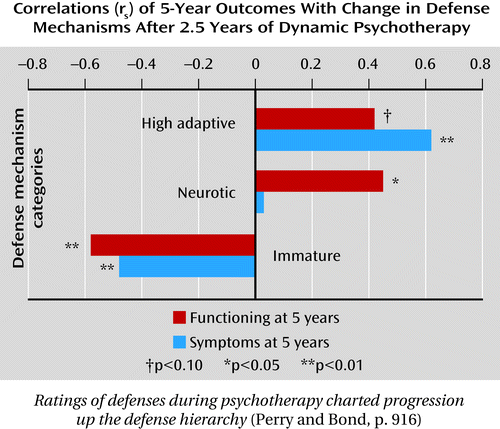In This Issue

A meta-analysis by Brodaty and Arasaratnam (CME, Original article: p. 946) showed that 9–12 sessions of supportive help delivered in the home to family caregivers for dementia patients had a salutary effect for the patients’ behavioral symptoms, such as screaming and aggression, similar in size to the effect of pharmacological interventions. Psychosis was much less responsive. There was a smaller, but significant amelioration of caregiver reactions to the patient’s behavioral symptoms. Gitlin suggests in an editorial (p. 894) that until more is known about the fit between specific treatments and patients, clinicians may prefer to consider all of the interventions as a tool kit for behavioral symptoms in dementia. Steinberg and Lyketsos (Original article: p. 900) point out that antipsychotics in dementia patients have increased mortality and cerebrovascular event risk, as well as metabolic effects, extrapyramidal symptoms, falls, cognitive worsening, cardiac arrhythmia, and pneumonia. However, no clear evidence supports the use of other drug classes. Antipsychotic drugs are warranted when nonpharmacological interventions are unsuccessful and the behavioral symptoms themselves have become a safety risk. Discontinuation should be evaluated after 3–6 months.
Early Unpredictability and Mental Illness
The consistency of a mother’s signals to her infant before and after delivery may affect the offspring’s later vulnerability to mental disorders. Baram et al. (Original article: p. 907) note that mental development was greater in 1-year-old infants whose mothers were depressed both before and after delivery than in infants whose mothers were depressed during only one of these periods. Effects of fragmented care are evident in rodents when the overall quantity of maternal care remains constant but the pattern or sequence of care is disrupted.
Patients treated in dynamic psychotherapy for depressive, anxious, or personality disorders were assessed by Perry and Bond (CME, Original article: p. 916) over the course of their 5-year therapy for their use of defense mechanisms. Patients generally progressed from immature defenses, such as acting out, image distortion, and disavowal, to more neurotic defenses, such as displacement, dissociation, and intellectualization, and then to highly adaptive defenses, such as sublimation and humor. However, the majority of defenses remained below the healthy-neurotic range. Sexual abuse and witnessing violence were associated with slower improvement. Changes in defenses at 2.5 years were associated with improvement in functioning and symptoms at 5 years (figure). In an editorial, Vaillant (Original article: p. 885) recommends streamlining the hierarchy and including a control condition in testing, to achieve a clinically useful instrument.
Antidepressants often take several weeks to work, but depressed women who took the antidepressant escitalopram plus 5 g/day of creatine monohydrate, a supplement that increases cellular energy, had earlier and greater symptom decreases than women who took escitalopram plus placebo. Lyoo et al. (Original article: p. 937) found a difference by the second week of treatment, and the remission rate at 8 weeks was twice as high for the creatine group (52%) as for the placebo group (26%). Most side effects were attributed to escitalopram, not creatine, but serum creatinine was elevated in the treatment group. The editorial by Strakowski (Original article: p. 891) cites the focus on brain bioenergetics as an example of translating neuroscience advances into clinical research.



